The project follows eight Grade 6 students from Kagami Primary School as they prepare for their annual community Tachi-Odori dance festival.
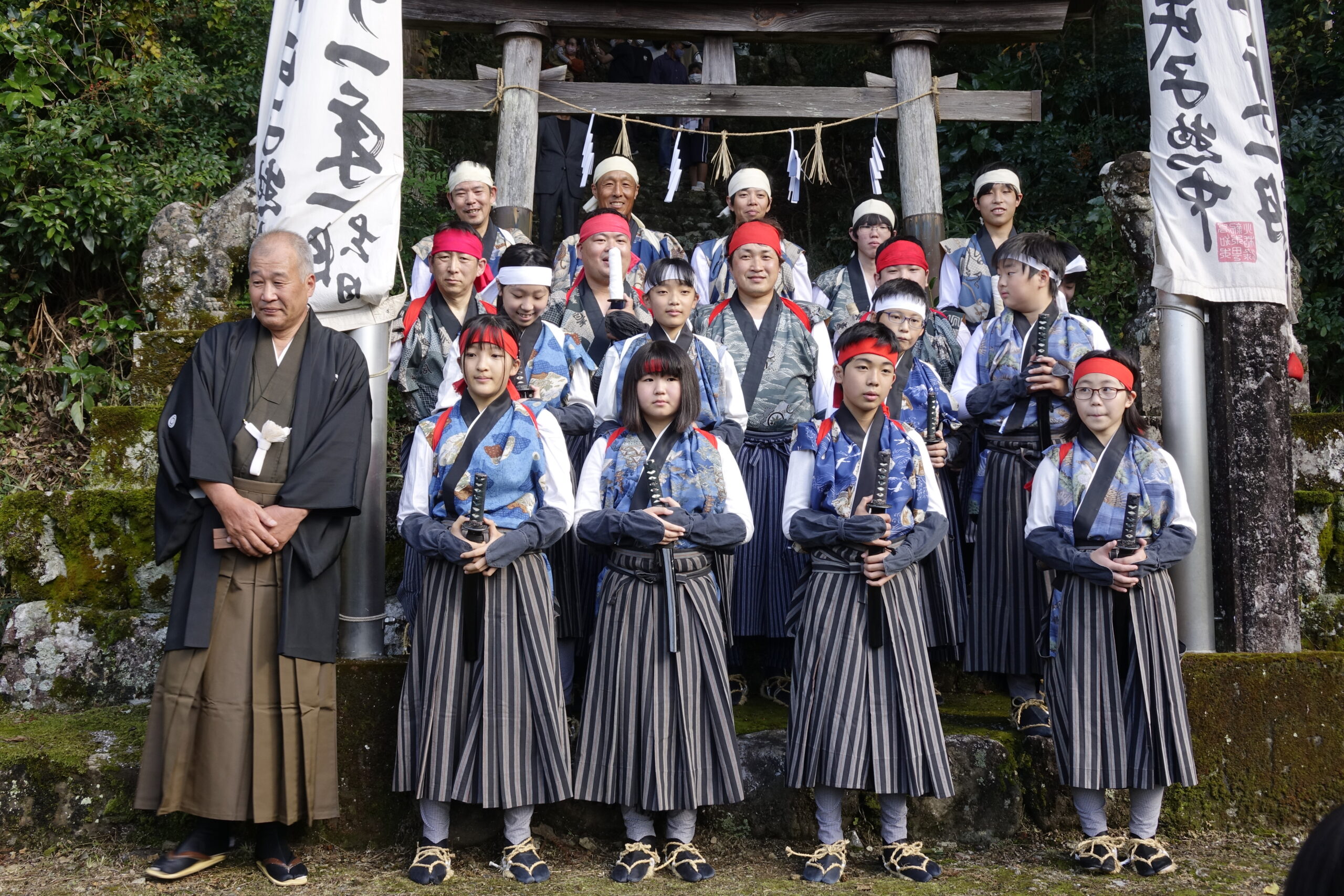
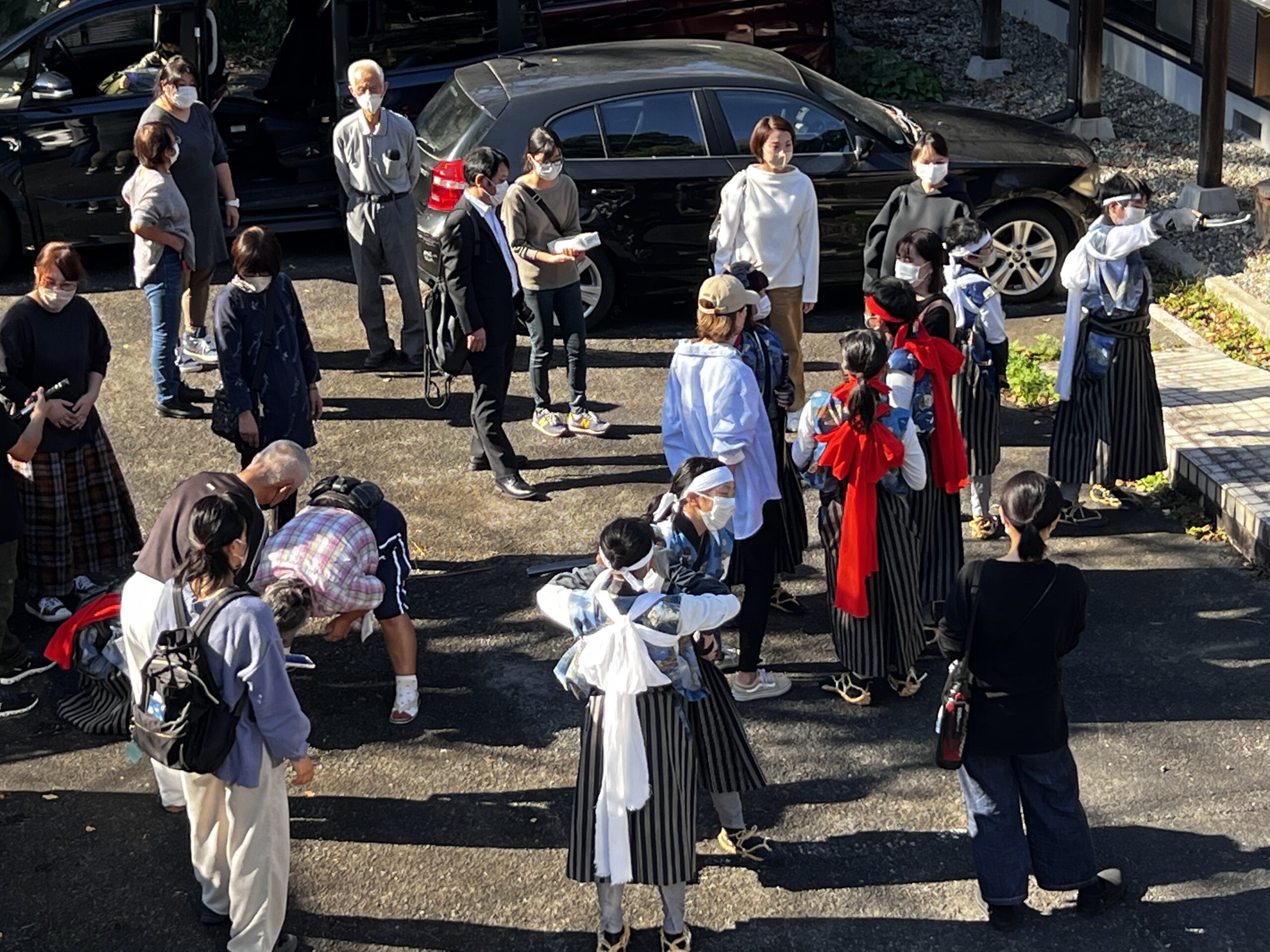
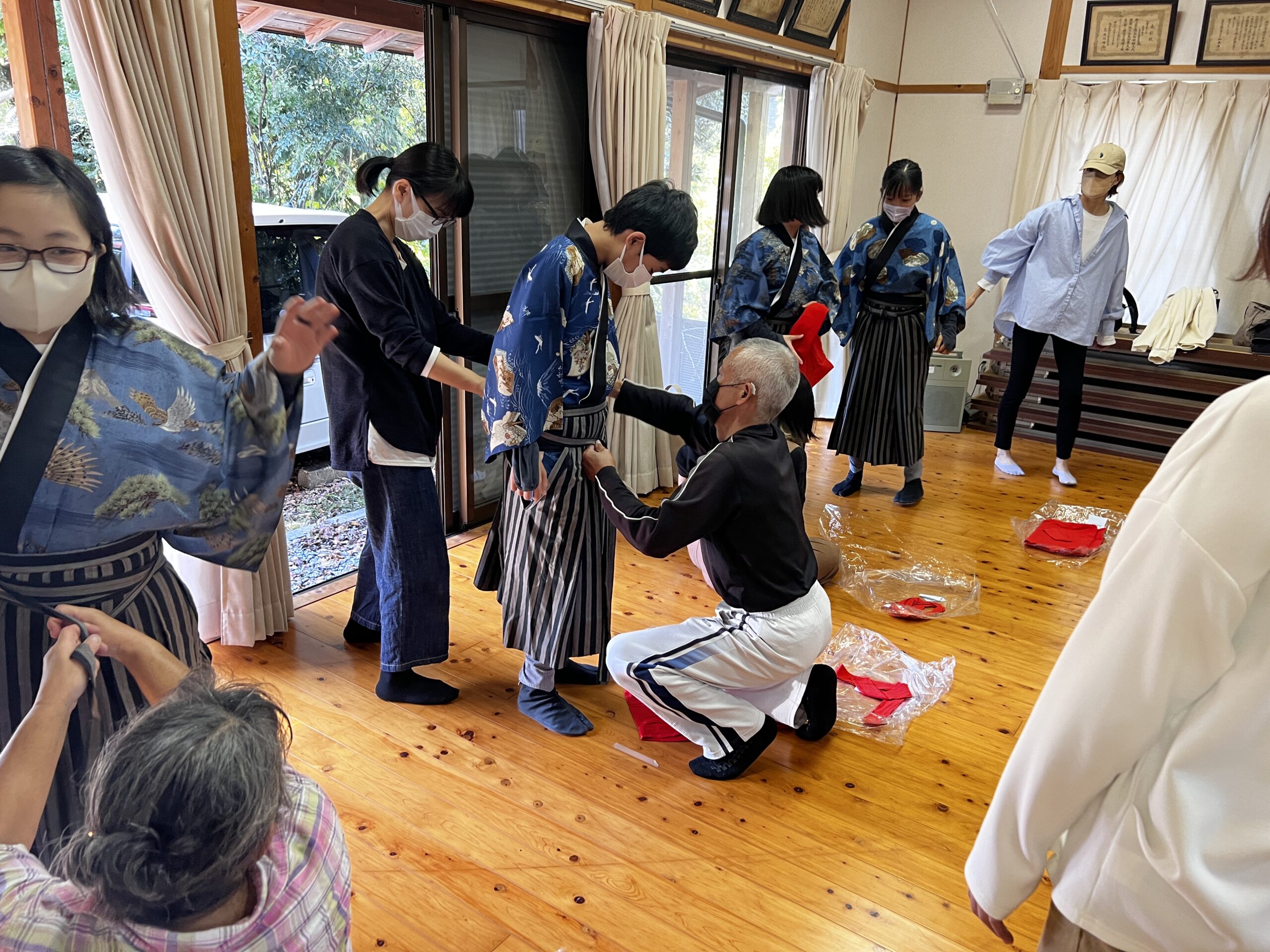
Legend has it that the dance dates back to the Heian Period and tells a story dedicated to peace that is nearly a thousand years old. The project included strong cooperation from the staff and teachers at Kagami Primary School, as well as community members who made regular visits to the school to teach the traditional dance to students.
Permission was granted from Kagami Primary School to be a part of this school-community event from the early practice sessions through to the final dance performance at the annual Tachi-Odori festival. We were graciously included at all stages as we learned about the Tachi-Odori story through the eyes of students, teachers, parents, and community elders. The school kindly allowed us to have school visits, and offered solutions to managing the project against restraints caused by the pandemic. On-site work was done during the three months leading up to the Tachi-Odori Festival, which is held annually on November 3, the Culture Day national holiday in Japan.
About Kagami
Kagami is a mountain village nestled just to the north of Kochi City in Kochi, Japan. The Tachi-Odori festival has been held in this small hamlet for nearly a thousand years. It is a festival which represents the enduring bond between schools and communities in rural Japan.
The Daichi Shin-gu Shrine where the dance festival takes place was built in 1481. During the 20th century the Tachi-Odori dance was proudly performed all around Japan, and it remains a signature cultural event for the community which, like most rural areas in Japan, is battling against a rapidly aging and declining population. With its focus on having elder community members visit the school to teach the dance to primary school students to keep this long tradition alive, the Tachi-Odori dance festival offers a splendid example of how local culture can be preserved through the nexus of school and community.
.png)
.png)

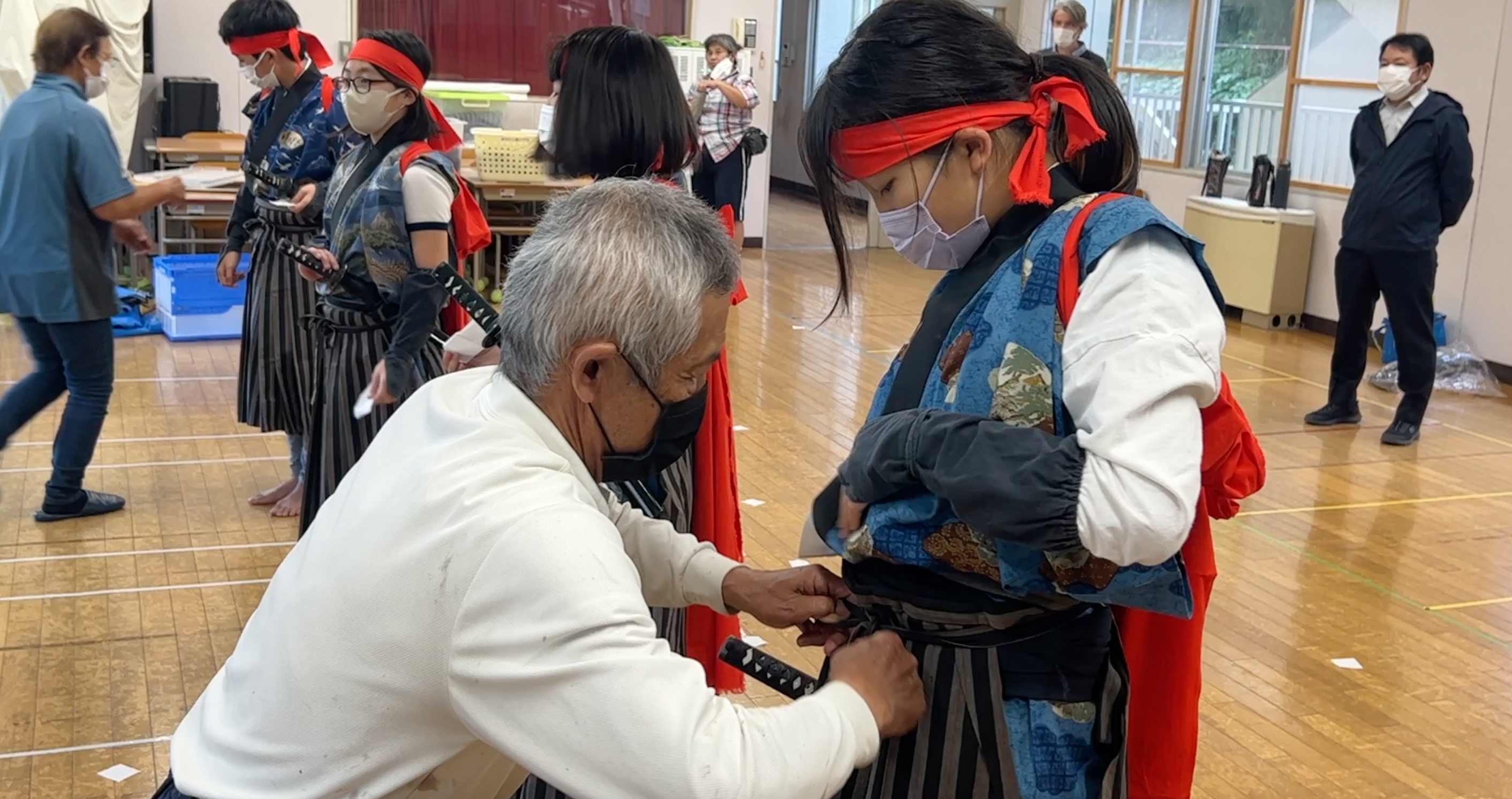
Practitioner Reflections
.png)
What an honor it has been to be involved in an international project documenting the school-community bond through the eyes of primary students. Celebrating the student experience through filmed stories is a powerful way to share local representations of language and culture on an international scale. The resulting film outcome and this website resource linking two communities and their exceptional stories marks the conclusion to a team project that has been in the works for a few years. It is a wonderful end-product that reminds us, emphatically, of the power of international collaboration, the enduring strength of local community traditions, and the crucial role that schools and communities play together in nurturing children. But the resulting Tachi-Odori film is only part of our Kagami story. The real story, the ‘banashi’ in this Community Banashi project, lies in the process…
There are any number of challenges that come along with such projects – logistical, technological, bureaucratic, financial, cultural, linguistic, and more. These all paled in comparison to our biggest challenge – whether we would have a story at all! The year in which this film project took place was Year 3 of the pandemic. The Tachi-Odori festival had already been paused for two years and Kochi people were still jittery about any kind of public gathering after the seventh covid wave hit us hard in the summer of 2022. There was a real danger of the festival being cancelled this year as well, right in the middle of the Community Banashi story we had settled on as our contribution to this international project.
Beyond our own worries about having an actual Community Banashi story to share with our Australian counterparts, the students who were doing all the work in making this film happen had even bigger worries. Would they get the chance to show off all their hard work and practice by performing the traditional Tachi-Odori dance at the shrine like generations of students before them? Or would all their effort result in yet another cancellation and a lost chance to continue this beloved local tradition? The dance is traditionally performed by the Grade 4 class each year, but an exception was required during these exceptional times. For this story, the Grade 6 class at Kagami Primary School, a small group of eight students who had missed their chance in 2020 and 2021, would be given the opportunity to perform an annual community rite of passage they had missed as Grade 4 students. With no festival since November 2019, this was the last chance for the graduating Grade 6 class to have their community moment. Or would they…?

.png)


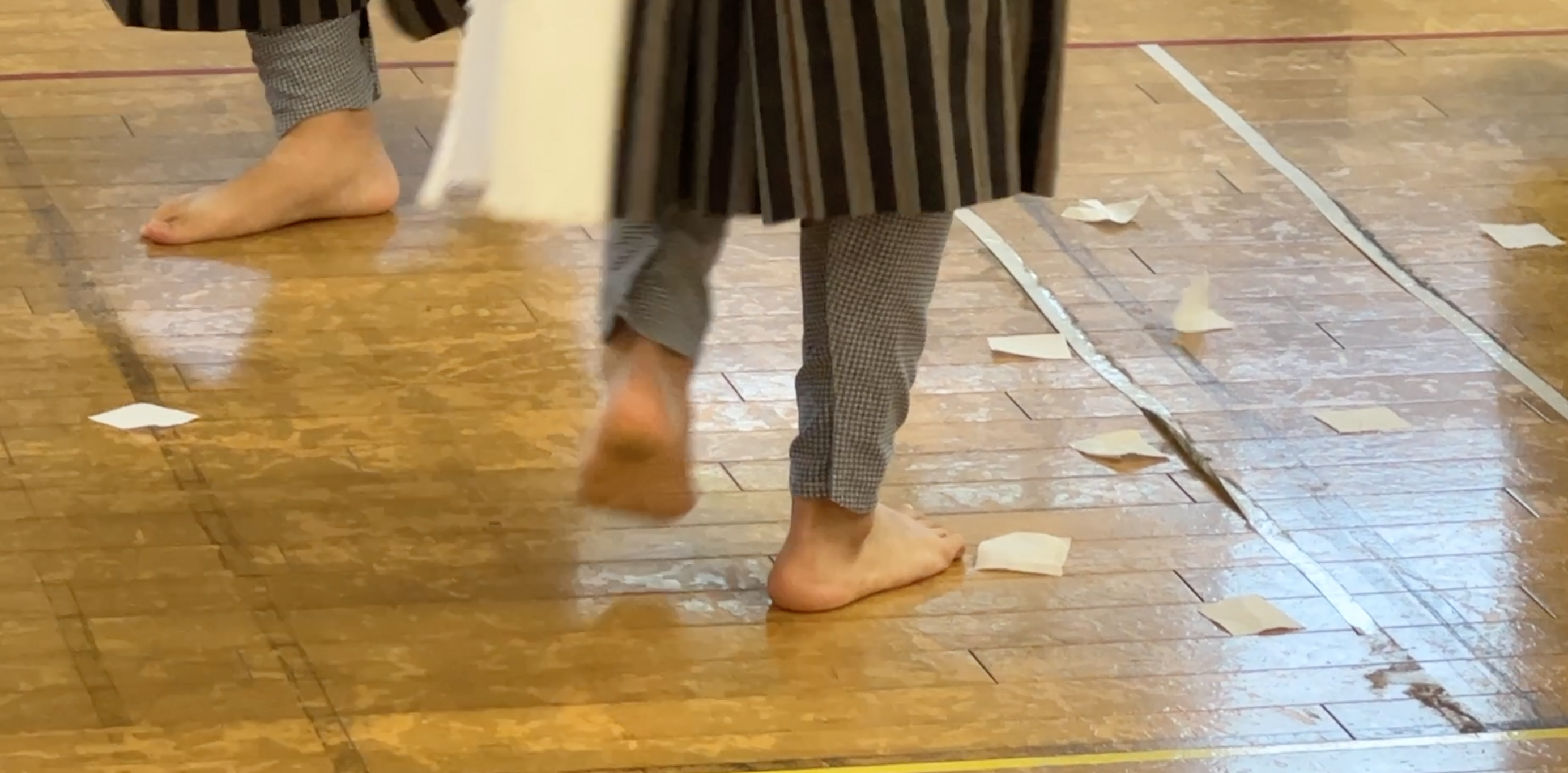

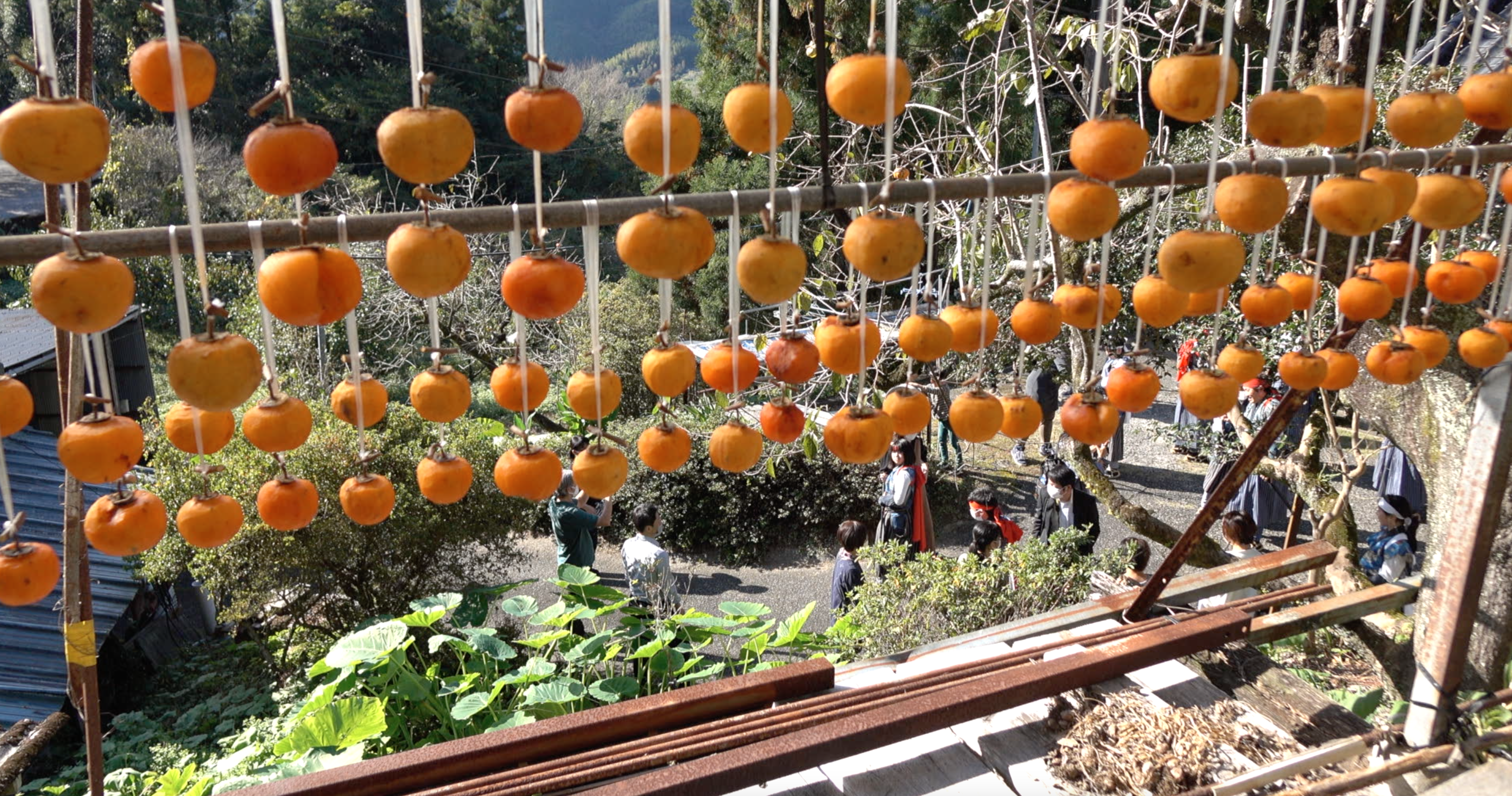
When filming started during the classroom practice sessions in September, neither the school nor the community could confirm that the climactic Tachi-Odori festival would even take place. We were warned in advance and throughout our school visits that a cancellation could happen at any moment leaving students without the chance to proudly perform, and leaving us without an ending to our envisioned film story. But as we nervously neared the Tachi-Odori festival date in early November, and as students honed their rhythmic dance performance to perfection under the careful guidance of the community instructors, we all started to realise that there would indeed be an actual completed story. The Tachi-Odori festival was given the ‘go sign’ in October thanks to a local ebb in the number of covid cases.
On the day of the festival, we couldn’t have asked for better Culture Day weather! On a glorious November 3rd morning, we all met at a community center near the shrine where the Tachi-Odori festival would take place. Students, their parents, teachers, community instructors, and observers like us gathered to watch the final preparations as students slipped into their costumes and hand-crafted straw shoes, and were given last-minute instructions before the long climb up to the beautiful Daichi Shin-gu mountain shrine.
Awaiting them at the shrine were a group of men from the community who would do the Tachi-Odori dance with them. As outsiders, we were not prepared for this, though everyone else knew. We thought it would be just the students performing in front of everyone. The community men greeted the students and together they took the last steps up to the shrine where they did a flawless performance that weaved another layer of tradition into this powerful community story. As they danced in unison to the trance-like rhythmic music, we were conscious that this Tachi-Odori story was threading community, school, and student connections in ways that words cannot describe. The integrated role of the school, the received knowledge of the community, and the proud energy of the young Tachi-Odori dancers was all on display in a powerful example of how traditions are fostered and maintained in rural parts of Japan.
Along with this small group of students, we hope this Community Banashi film will contribute something meaningful to a community that has so warmly shared their story with us.
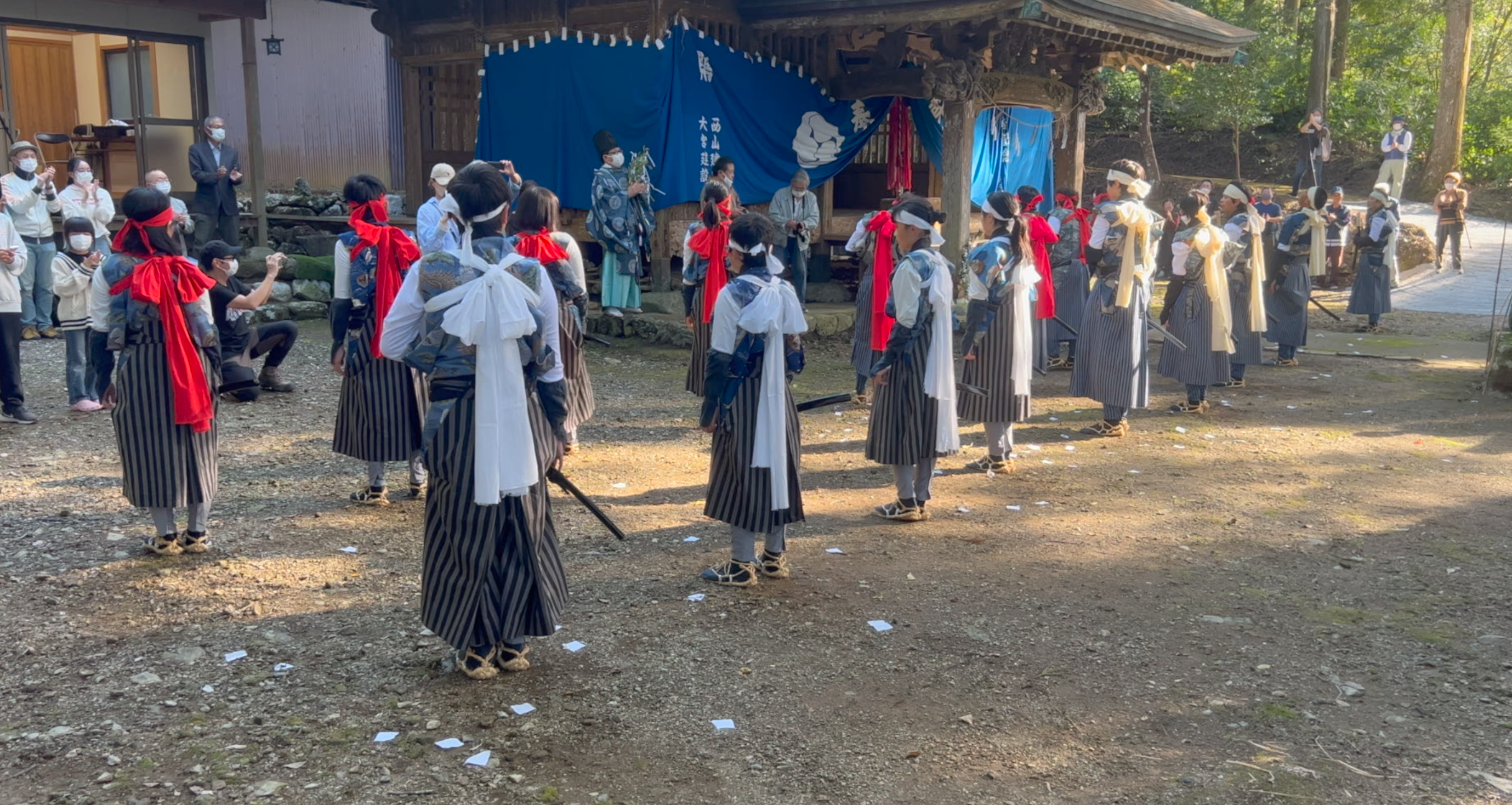
.png)

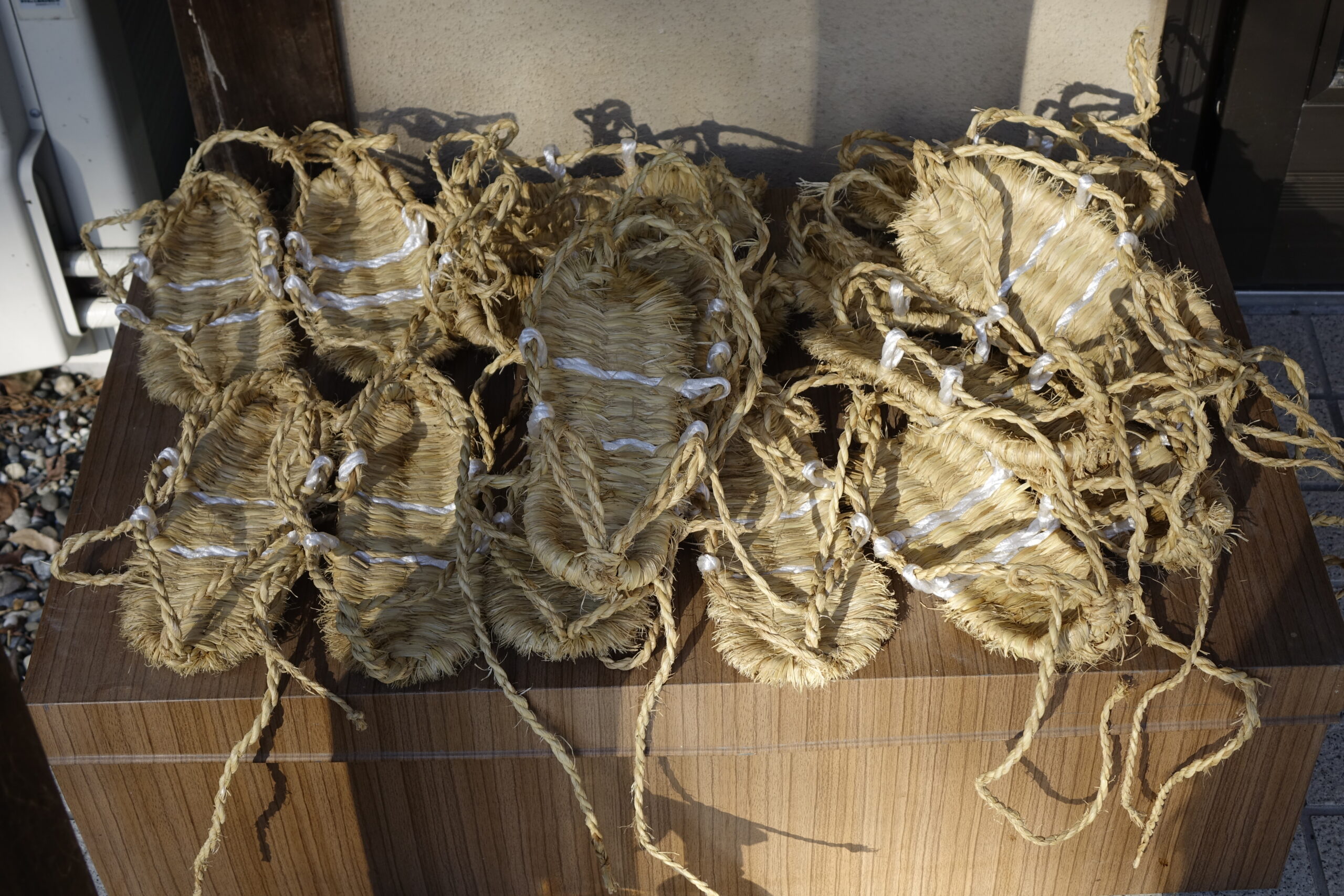
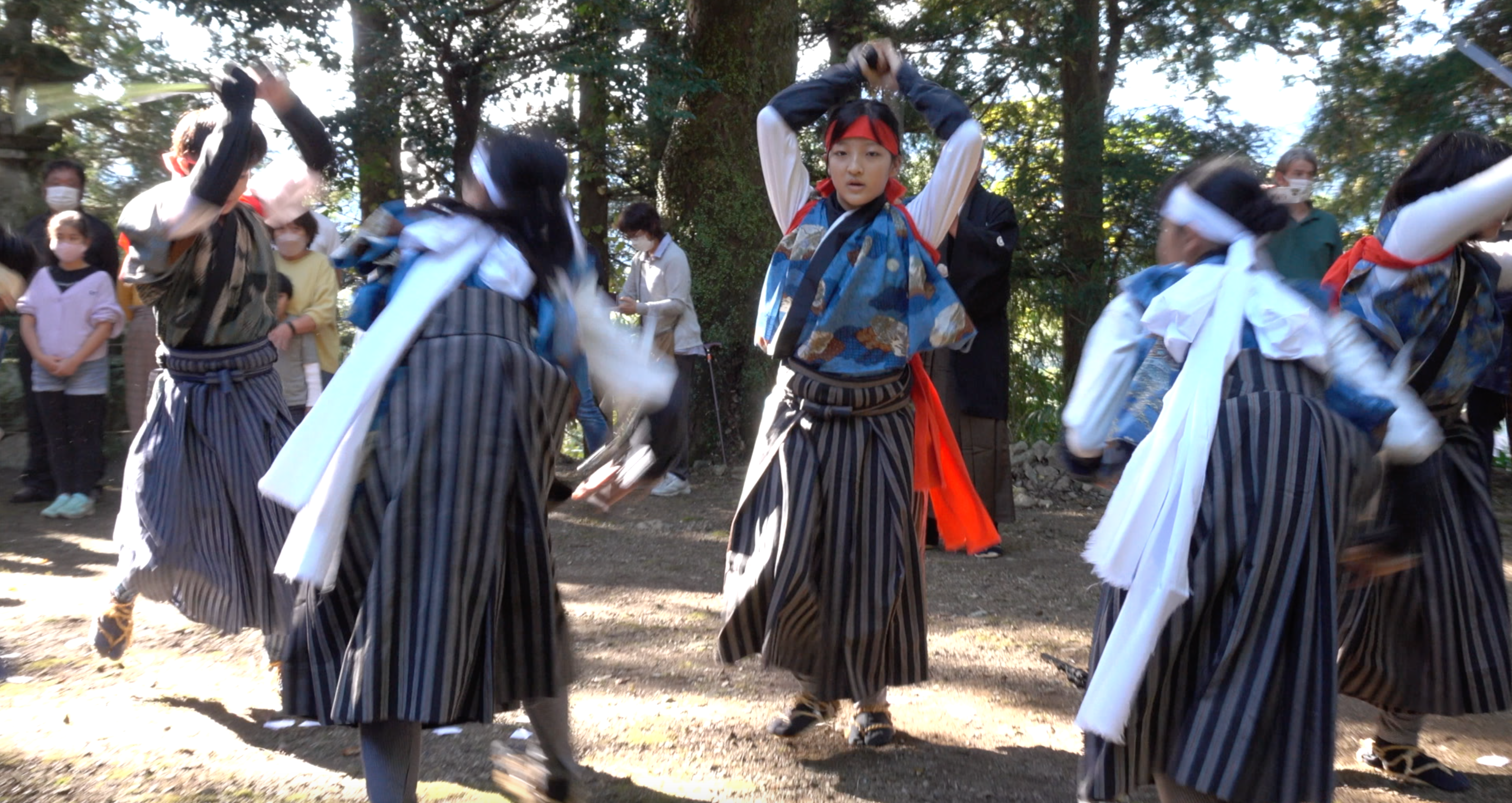
Post-production Work
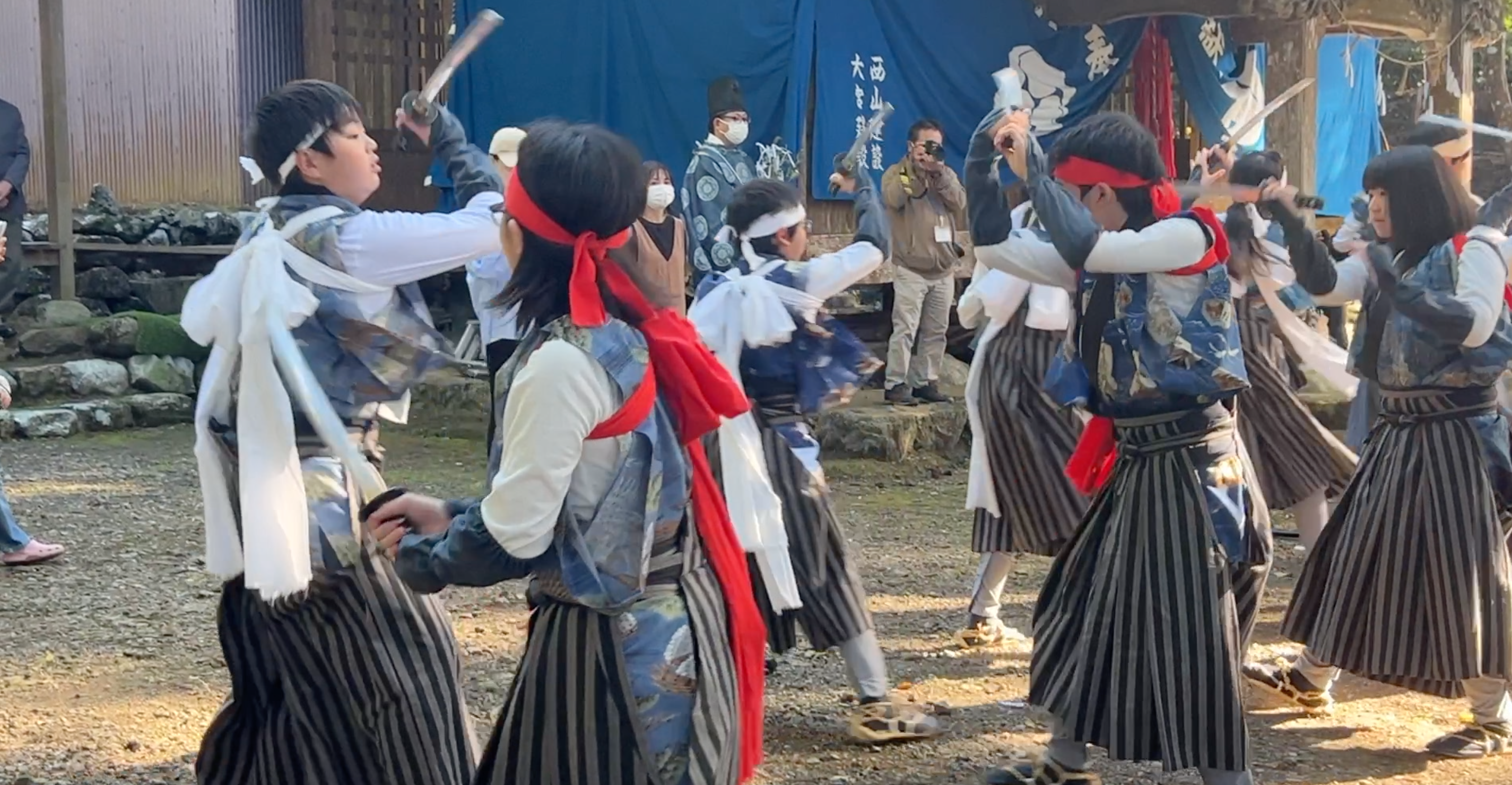
The editing process was led by our film practitioner, Mr. Reiji Noguchi. Film from the several practice sessions and the actual Tachi-Odori dance performance was supplemented by archival footage from the estate of the late Mr. Michael Kahn. Michael was a Kagami resident and documentary film maker who dedicated his life to preserving his community’s local culture. His children attend Kagami Primary School, and the narration of the film was written and recorded by Ms. Maya Kahn, his eldest daughter.
We are grateful to the family of Mr. Michael Kahn for sharing archival film of the Tachi-Odori dance, which helped to inform our story. Our Japan film contribution is dedicated to his memory.